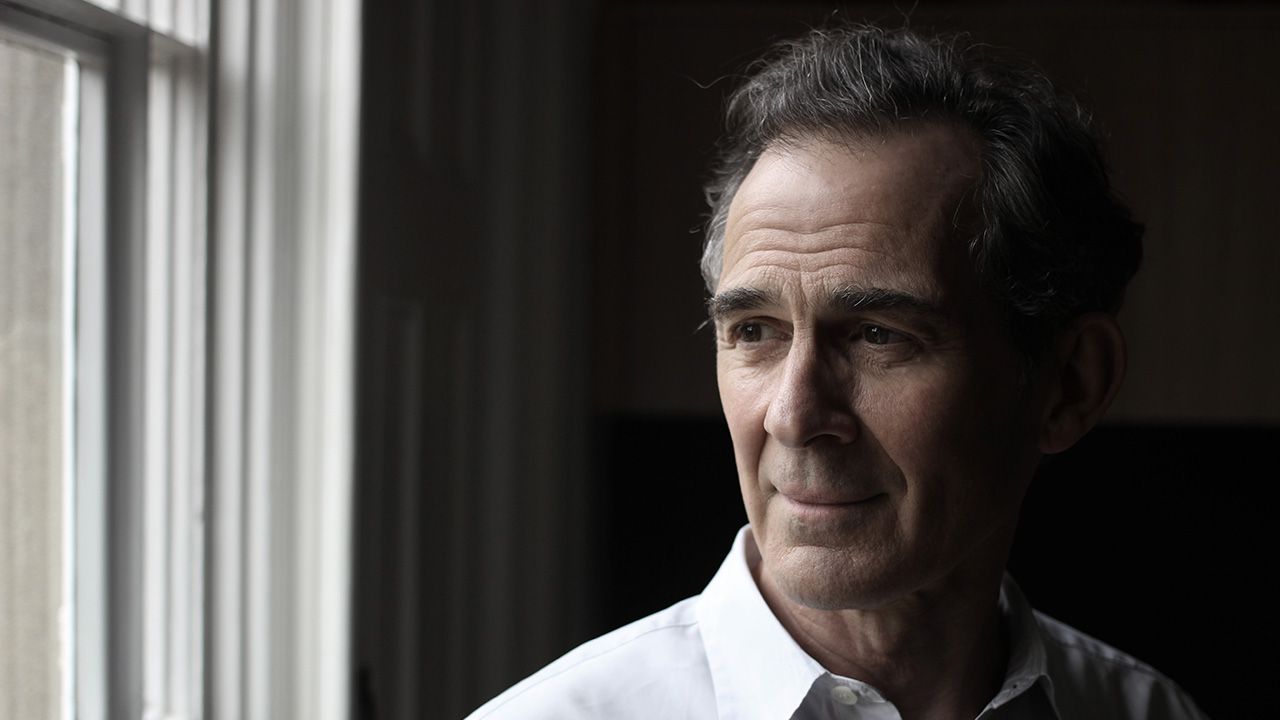Many people who have a clear understanding that their essential nature is ever-present, unlimited consciousness, awareness or knowing continue to feel that they are located within and share the limits and destiny of the body.
It’s like the old Zen master who, when asked on his death bed how he was, replied, ‘Everything is fine, but my body is having a hard time keeping up’. Although his mind was spacious and clear, there was still some aspect of his experience that had not yet been fully colonised by his understanding.
Likewise, for many people who have been on a spiritual path for years, if not decades, there is often a discrepancy between their understanding and the way they feel the body and perceive the world. In spite of the fact that we understand that reality is a single, infinite and indivisible whole, made of pure, empty, luminous awareness, we still feel that our body is something solid, dense, limited and located, and that the world is something other than ourself, at a distance from ourself, made out of solid, dense, inert stuff called matter.
The purpose of the yoga meditations, or the outward-facing path, is to realign the way we feel the body and perceive the world with our new, non-dual understanding. This realignment of our experience takes place naturally over time, but the purpose of these yoga meditations is to cooperate with that process.
In this exploration we are only interested in the felt experience of the body – not the idea, the image or the memory of the body – and the actual experience of the world – that is, seeing, hearing, touching, tasting and smelling.
For many people, their feeling of the body is so profoundly filtered through their idea or image of the body that it seems to conform to it. So in these contemplations we go deeply into the raw experience of the body, tasting it from the inside, liberating it from the tyranny of concepts and images, experiencing it as it is – transparent, empty, luminous, weightless, free – without the slightest rejection of any aspect of experience.
Likewise, we learn to perceive the world in a way that is consistent with the non-dual understanding, namely, that everything is the activity or vibration of consciousness, which, filtered through the limitations of our own minds, appears as a multiplicity and diversity of objects and selves.
This is the vision of the world presented by the great poets and artists. They are the free-thinkers for whom the unity of being has not been eclipsed by the apparent multiplicity and diversity of objects and selves, each separate and distinct from one another. As the German poet Lisel Mueller said, ‘I will not return to a universe of objects that do not know each other, as if islands were not the lost children of one great continent’.
Artists are those who are free enough and humble enough not to mistake the limitations of their own mind for reality, but who realise that what we see is but a partial view of reality. That’s why William Blake said, ‘The tree which moves some to tears of joy is in the eyes of others only a green thing that stands in the way’. The world is not what we see; it is the way we see.
Consider the possibility that nature or reality is the imagination or activity of one universal consciousness that assumes the form of each of our minds, through which it refracts itself into an apparent multiplicity and diversity of objects and selves.
William Blake, again, said, ‘Every bird that cuts the airy way is an immense world of delight enclosed by the five senses’. In other words, the pure delight or joy that accompanies the knowledge of simply being – that is, consciousness’s knowledge of itself – refracts itself through the limited faculties of thought and sense perception and appears to itself as objective experience, without ever actually being or becoming anything other than its own infinite, indivisible self. As the Sufis say in religious language, ‘Wherever you look, there is the face of God’.
Rilke expressed the same idea, in his Sonnets to Orpheus, ‘Dare to say what “apple” truly is. This sweetness that feels thick, dark, dense at first; then, exquisitely lifted in your taste, grows clarified, awake and luminous, double-meaninged, sunny, earthy, real – Oh knowledge, pleasure –inexhaustible.’
Through these yoga meditations, we attempt to feel the body and perceive the world in a way that is consistent with the understanding that the universe is the activity of a single, infinite and indivisible whole, made of pure, empty, luminous consciousness. They are the means by which we feel and live the non-dual understanding at all levels of our experience.
